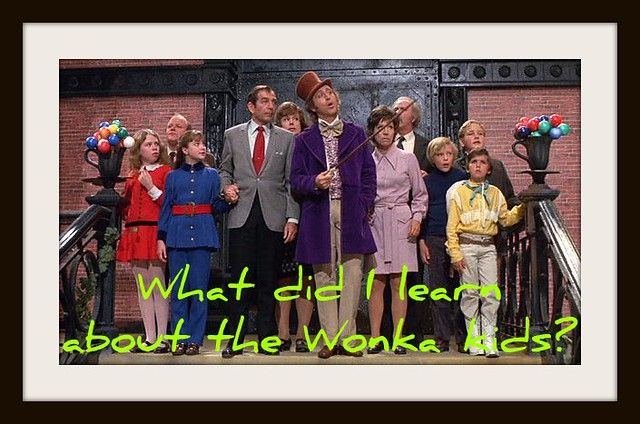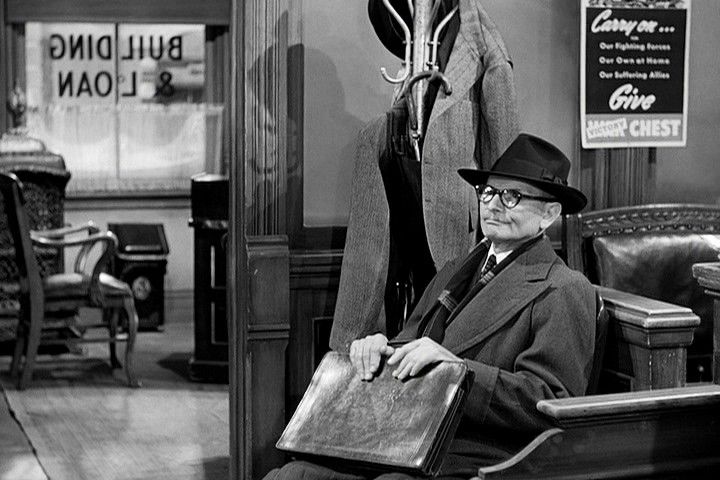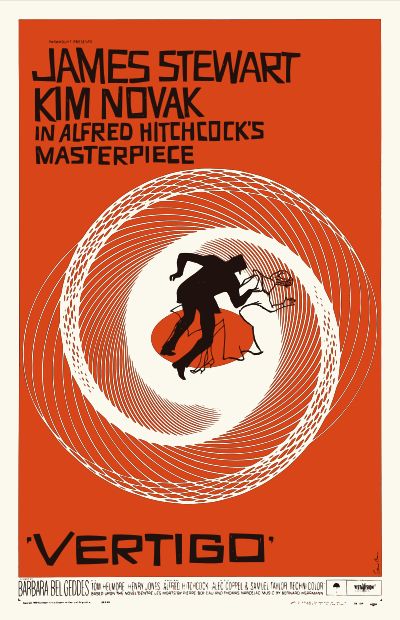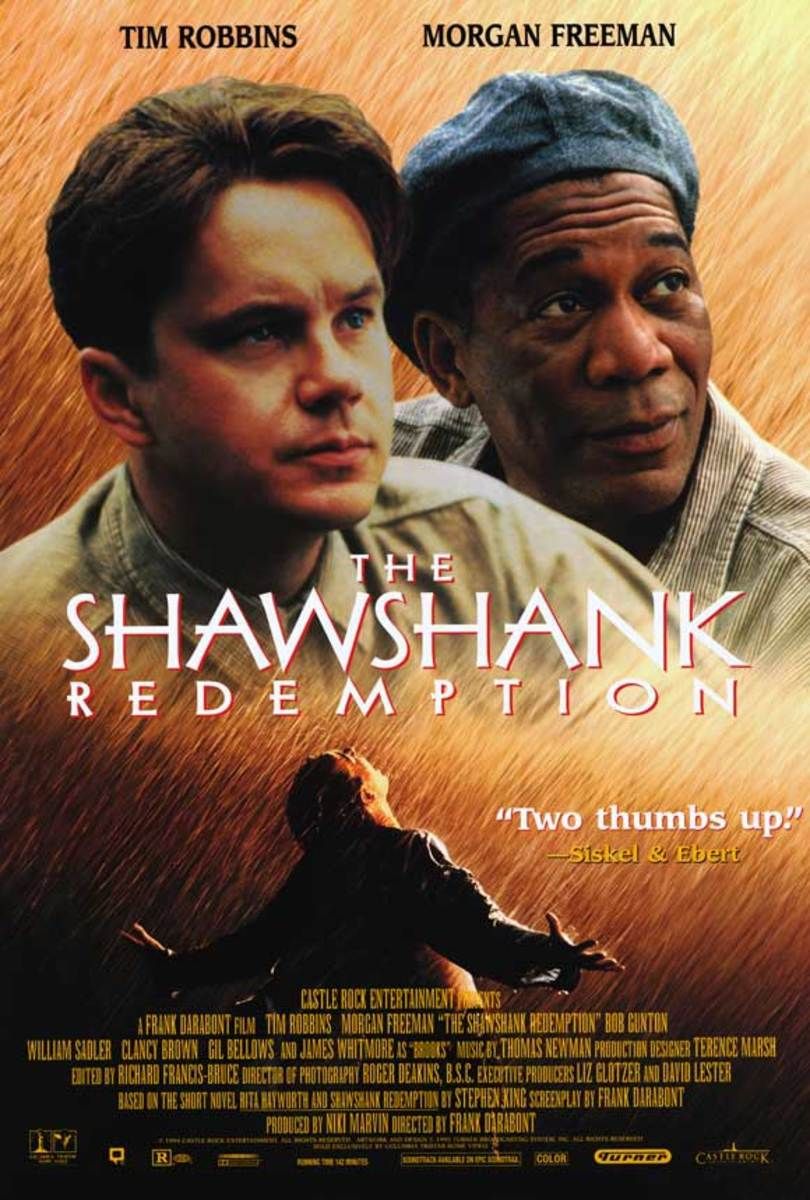
Cinema is often celebrated for its record-breaking blockbusters and award-winning dramas. Yet an equally fascinating story lies in the films that stumbled during their release, only to later rise to greatness. These works, dismissed or overlooked by initial audiences, eventually gained loyal followings and reshaped cultural conversations.
A cult film, by definition, is one that fails to achieve commercial or critical success when first released but gains recognition over time. Many of these movies challenged conventions, experimented with unconventional storytelling, or addressed themes that mainstream audiences were not ready to embrace. What seemed like failure at the time was, in reality, an artistic achievement that simply needed patience and perspective.

Comedy and Satire That Found Their Voice
Office Space (1999) captured the frustration of corporate life with sharp satire. Despite positive reviews, it grossed only $12.8 million on a $10 million budget. Director Mike Judge blamed poor marketing, but DVD sales of six million copies gave it new life. Today, it is considered one of the greatest comedies, resonating deeply with workers around the world.
Willy Wonka and the Chocolate Factory (1971) baffled audiences with its quirky plot and darker undertones. It struggled at the box office and failed to cover costs, though critics praised its originality. Thanks to TV reruns and VHS sales, it later became a beloved children’s classic, with Gene Wilder’s portrayal of Wonka now iconic.
The Big Lebowski (1998) from the Coen Brothers is another case where audiences were initially puzzled by its eccentric storyline. Reviews were mixed, and ticket sales were low. Over time, however, its quirky characters and endlessly quotable lines turned it into a phenomenon. Annual fan festivals and dedicated followers, known as “Achievers,” keep its legacy alive.

Fantastical Journeys That Needed Time
The Wizard of Oz (1939) was hailed by critics as a groundbreaking achievement in visuals and storytelling. Yet it struggled to connect with audiences during its initial run. Its revival came through a 1949 re-release and the booming VHS market in the 1980s, cementing its place as one of the most enduring films in cinema history.
It’s a Wonderful Life (1946) faced crushing disappointment at the box office, barely grossing $3.3 million and even contributing to the bankruptcy of its studio. Its redemption came decades later when a copyright lapse made it free to air on television during the holidays. It has since become a seasonal tradition and one of the most cherished films worldwide.
Donnie Darko (2001), Richard Kelly’s mind-bending indie drama, was released in the wake of 9/11, which hurt its box office potential due to its subplot involving an airplane. Despite earning only $398,386 in its U.S. release, the film gained traction in the UK and through DVDs. Its surreal narrative and philosophical depth have secured its reputation as a cult favorite.

Bold Artistic Experiments
Fear and Loathing in Las Vegas (1998), directed by Terry Gilliam, confused critics and audiences alike with its surreal, psychedelic storytelling. Dismissed as a commercial misfire, it later found an audience through home media and special screenings. Today, it is celebrated for its artistic daring and unconventional narrative style.
Gilliam’s Brazil (1985) faced similar struggles. The film’s production was marked by battles over its final cut, and its complexity and surrealism were difficult for audiences to embrace. While it failed financially, critics later recognized its brilliance. It now stands as a landmark of dystopian cinema, admired for its design and biting satire of bureaucracy.
Vertigo (1958) by Alfred Hitchcock exemplifies how time can transform perception. Initially criticized for pacing and underperforming financially, it has since been reappraised as one of Hitchcock’s masterpieces. In 2012, it even topped Sight and Sound’s poll of the greatest films ever made.

Defining Generational Favorites
Harold and Maude (1971) shocked audiences with its unconventional romance between a young man and an older woman. It was dismissed at the time, but later generations embraced its poignant reflections on life and death. It is now considered one of the best dark comedies, ranking on the American Film Institute’s list of funniest films.
Dazed and Confused (1993), Richard Linklater’s coming-of-age drama, earned only $8 million due to weak marketing and its episodic structure. Its authentic depiction of teenage life, however, has since made it a cult classic. Matthew McConaughey’s famous line, “alright, alright, alright,” remains one of cinema’s most quoted moments.
Fight Club (1999) presented audiences with a daring critique of consumer culture and identity. Poorly marketed and controversial during its release, it failed to attract large audiences in theaters. Over time, it gained recognition through DVD sales, exceeding $100 million in home video revenue, and is now seen as one of David Fincher’s defining works.

Rediscovered Masterpieces
Blade Runner (1982) disappointed both critics and audiences upon release, especially as it competed with E.T., Star Trek II, and Rocky III. Its slow pace and philosophical themes contrasted with expectations of a Harrison Ford action film. Reappraisal began with the 1992 director’s cut, and today it is hailed as one of the most influential science fiction films, inspiring generations of creators.
The Shawshank Redemption (1994) is now the highest-rated film on IMDb, yet its release was overshadowed by Pulp Fiction and Forrest Gump. Poor marketing and a confusing title contributed to weak box office returns. Through VHS rentals and repeated television broadcasts, it slowly built an audience, becoming one of the most beloved stories of hope and redemption in cinema.
Citizen Kane (1941), widely considered the greatest American film, faced sabotage from powerful newspaper magnate William Randolph Hearst, who opposed its thinly veiled portrayal of his life. This opposition stifled its commercial prospects. Over the years, however, critics and audiences recognized its revolutionary storytelling, cinematography, and sound design. Today, it remains a cornerstone of film history.

These remarkable stories prove that a film’s box office performance is not the ultimate measure of its worth. Some of the most influential works in cinema history were initially deemed failures, only to later inspire generations. Their paths from obscurity to global acclaim remind us that art often takes time to find its true audience.
The next time a movie is dismissed as a flop, it may simply be waiting for its moment. Many of the most enduring films demonstrate that the first impression is not always the final verdict. In the world of cinema, patience and perspective often reveal the true masterpieces.



